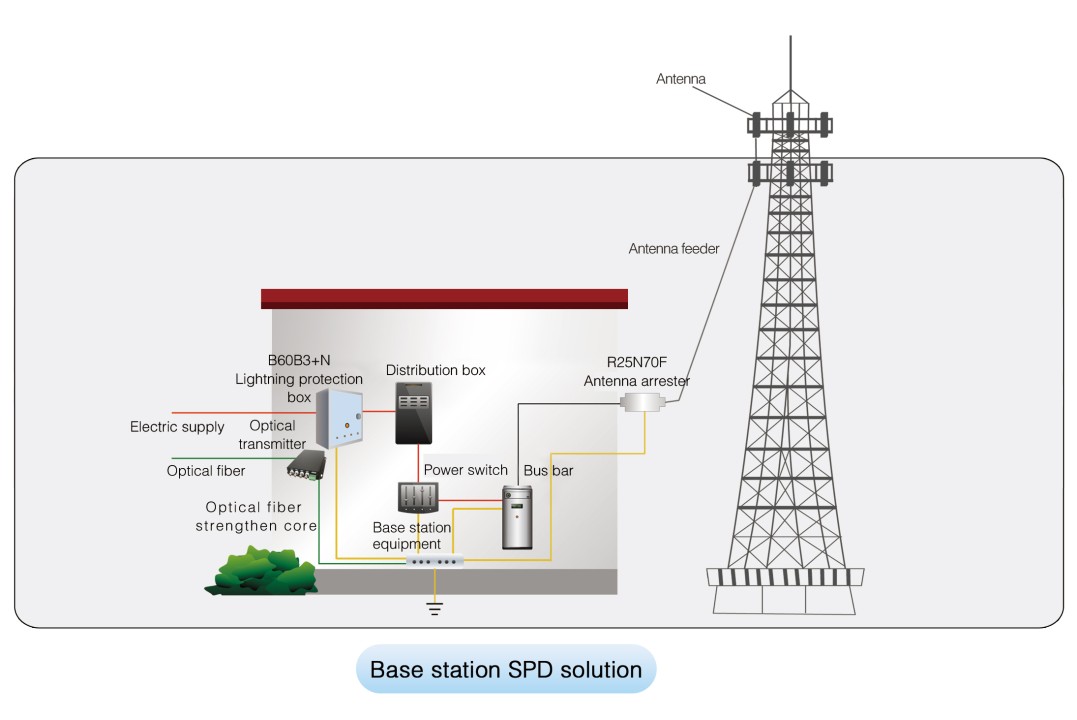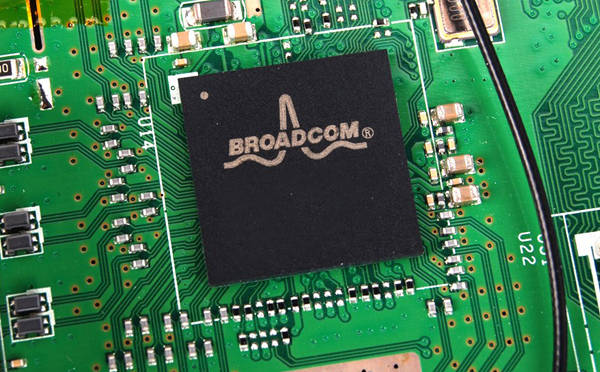
How are base stations protected from lightning strikes?
1. Grounding Grid and Ground Busbars
In base station lightning protection design, the grounding grid and ground busbars are key components. With proper design, they can effectively reduce the impact of lightning on the station.
2. Base Station SPD (Surge Protective Device)
SPDs used in base stations protect equipment from lightning-induced surges and help ensure continuous operation.
3. Lightning Protection Grounding Techniques
1. Evolution of Grounding Techniques
Lightning protection grounding techniques have evolved through multiple stages, gradually forming current standards and norms.
2. How Is Lightning Protection Grounding Designed?
1) Combined grounding: Connect the foundation grounding electrodes of each building with other dedicated grounding electrodes to form a common grounding grid. Equipment functional ground, protective ground, and other grounding types share the building's lightning protection grounding system.
Sharing a common grounding grid: foundation grounding electrodes and dedicated grounding electrodes (including tower grounding) are interconnected to form a shared grid, from which building lightning protection grounding and indoor grounding are derived.
At the same time, protective ground, functional/logic ground, enclosure/shield ground, and electrostatic protection ground for electronic equipment in the equipment room share a single grounding system. The functional ground of each switching power supply should be connected to this grounding system so that all devices have the same reference potential.
3. TT Power System Lightning Protection (3+1 Configuration)
For TT power systems, commonly used in base stations, SPDs in the distribution cabinet should adopt a "3+1" configuration after the supply lines enter the station.
- Three-phase: use voltage-limiting type SPDs for phase-to-neutral protection, and gap-type SPDs for neutral-to-earth protection.
- Single-phase: a symmetric "2+1" configuration is recommended to prevent phase-neutral reversal.
Additionally, a circuit breaker or fuse must be placed in series to prevent fire.
4. Lightning Protection for Distributed Base Stations
Distributed base stations are often deployed with the BBU co-located and must avoid introducing connections that compromise the existing lightning protection and grounding system.
Distributed base stations cover many scenarios. Lightning protection requirements differ depending on the RRU power supply method.
(1) Outdoor integrated UPS power supply
(2) Outdoor integrated DC power supply
(3) AC remote power supply
(4) DC remote power supply
For cases (1) and (2), treat the RRU side like a small communication site; at the BBU side, pay attention to grounding for the additional optical fiber and GPS feeder cables.
For cases (3) and (4), in addition to protecting the RRU side, add focused protection on the primary power input ports at the BBU side.
 ALLPCB
ALLPCB







